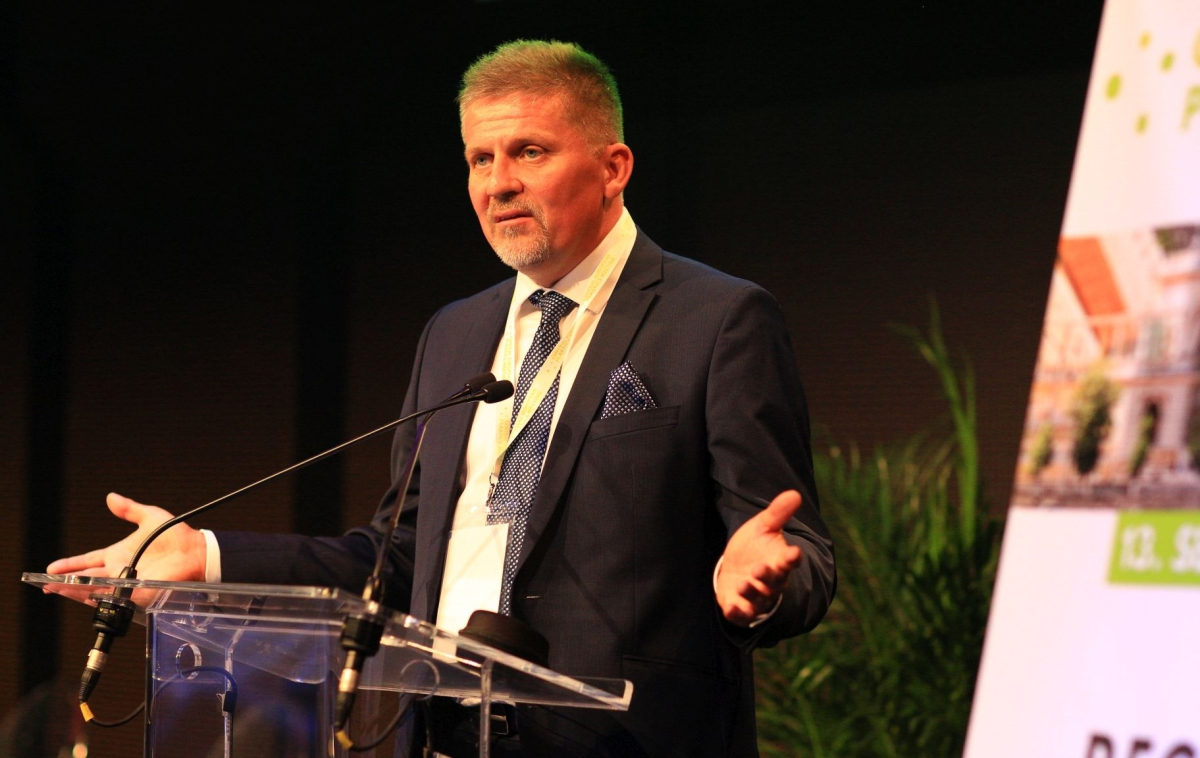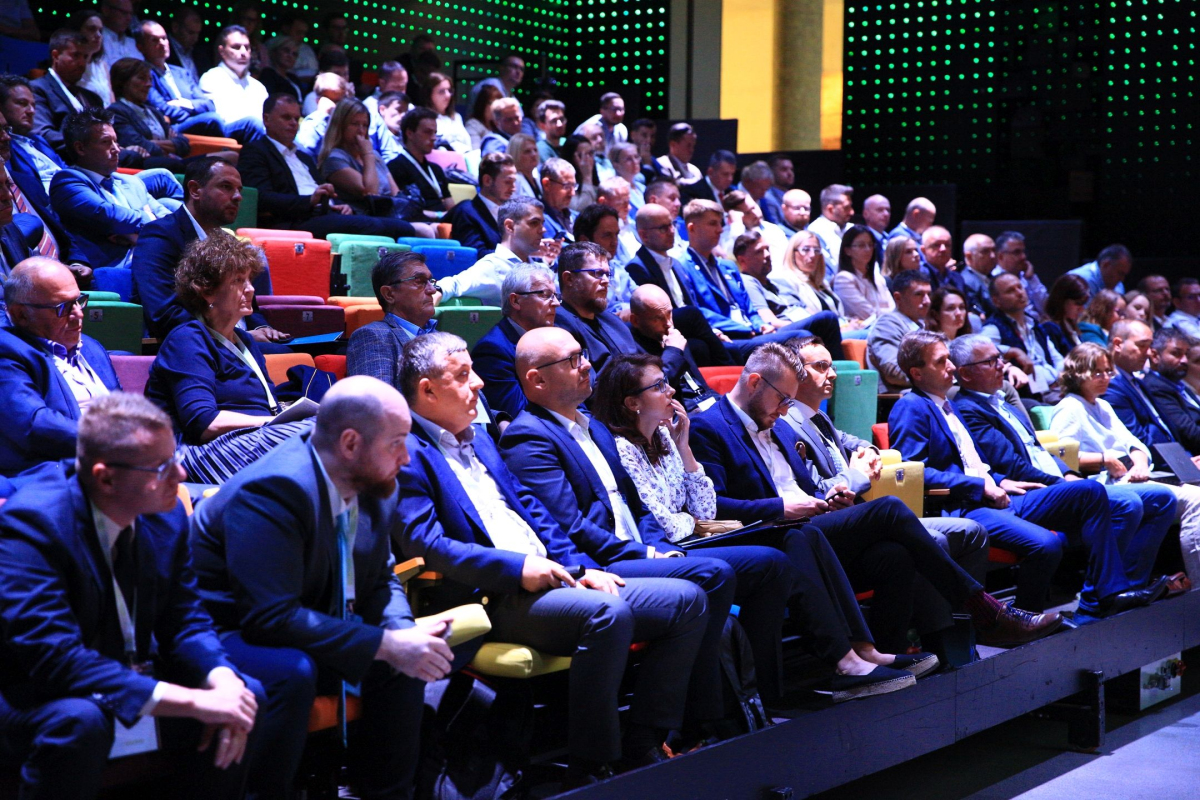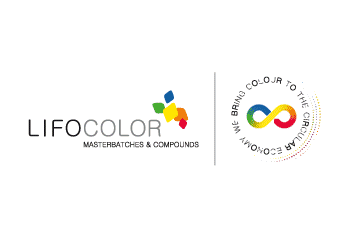The tyranny of the melt flow rate
The plastics industry faces significant challenges in the coming years between 2025-2030. According to the commitments of the European Plastics Pact, an average of 25-30% recycled plastic must be used in plastic finished products and packaging materials.
Currently, according to the report issued by the "European Plastics Pact", in 2021, the proportion of recycled plastic used on average was still only 10%. For the time being, there is no legal obligation on the mandatory recycling ratio, it is clear that European decision-makers are also looking for reasons and opportunities. There are circumventing regulations, such as the End-of-life Vehicles Regulation, according to which it will be mandatory to plan 6% and then 25% recycled plastic in newly manufactured cars in projects starting from 2025. In practice, this will affect cars that will be produced in 2030-31. But the regulation for the construction industry is also on the way, the proposal will be published soon. There will be no area of the industry that is not affected by regulation. Most plastic converters think that their products are not subject to the mandatory recyclate content regulations, which will come into effect continuously from 2025. They think that in order to preserve quality, they will never add regranulate to their products, but rather pay the fees and taxes.
Plastic recycling is not new, many companies make their living from it all over Europe. Based on the experience so far, it can be seen that, on the one hand, there is a shortage of high-quality recyclate, and on the other hand, even high-quality regranulates can only be used to a limited extent. Until 2020, regranulates were mostly used to reduce material costs and to manufacture cheap, technically undemanding products. However, the situation will change now, the widespread use of regranulates will be both an expectation and an obligation as of 2030. In Hungary alone, we have to count on the use of 100-150 thousand tons of high-quality regranulate. Will there be so much?
Recognizing this fact, a voluntary international project was launched under the umbrella of the Hungarian Plastics Industry Association, with the participation of Hungarian, Polish, Romanian and other Central European companies, the aim of which is to assess and define the industry's needs for regranulate. Development of regranulate standards. After that, determination of standard ideal waste streams with the help of recyclers. The participants of the project come from the domestic plastics industry, who carry out this task in their spare time. It is important to note that there is no client, no external funding, and therefore no external influence or pressure. The main goal is the professional public good, i.e. the creation of a broad consensus in the plastics industry regarding the use of regranulate and the mandatory recycling ratio.
 |
The basic idea of the project is that plastic converters want to continue to supply to their customers in a similar quality and quantity as before. Basically, they will not change their processing technology, film manufacturers will continue to produce film, pipe manufacturers will continue to produce pipes, bottle manufacturers will also produce hollow bodies and so on.
Plastic has a big advantage, which is also a disadvantage from the point of view of recycling. A wide variety of products can be produced by relatively easy modification of molecular masses and chains. In order to produce a plastic product for a specific purpose, a polymer with specific technical parameters is required. One of the most important parameters, in addition to the polymer grade - which can be PE, PP, PVC, PS, PET, just to mention the largest ones - is the Melt flow rate. But what is the melt flow rate? Let me quote the literature:
"The melt flow rate, popularly known as the MFR (it characterizes the flowability of the plastic melt at a given temperature and load) provides everyday guidance regarding the use of different feedstock... From the manufacturer's point of view, the MFR value is an indicator that the given product corresponds to an expected average molecular weight value. It is worth emphasizing: the higher the average molecular weight, the tougher the polymer is, with higher physicomechanical values, so you can know in advance that a higher MFR value is expected to mean a lower end product quality."
All this means that we do not have a free combination option between the melt flow rate and plastic end product, the MFR determines what can be manufactured from what. Let's take an example in the case of polypropylene, we identified 77 different product groups according to production process/application and MFR range. They were further divided according to polypropylene grade, homopolymer, impact copolymer and random copolymer. All this means that if we want to maintain the current plastic product structure made of polypropylene, we have to produce 100 different polypropylene regranulates due to the regulations that will gradually come into force after 2025. I'll just note that in the case of polyethylene, this number is already close to a thousand.
The recycling practice available today is based on waste recovery, sorting, cleaning and mechanical recycling. The final result, the quality of the regranulate, depends on the quality, purity and homogeneity of the waste. The more homogeneous, the better selected and the cleaner the waste, the more likely it is that the final result will be a plastic regranulate that is easy to use and has a small variation in terms of physical parameters.
Based on the above, it is easy to come to the conclusion that a sufficiently sophisticated selective waste management system, appropriate logistics and adequate recycling capacities can theoretically serve the diverse needs of the plastics industry.
In theory, yes, but it must be taken into account that, for example, the weight of one roll of polypropylene film produced in the largest quantities can exceed 100 kg, while the collected candy or chocolate packaging material is only a few grams. This conclusion does not take into account the fact that the place of production and the place of use of the finished plastic product are different. A good example of this is BOPP, where barely 10% of Hungarian BOPP production is consumed domestically. Of course, anyone who has enough imagination and can imagine a waste collection, treatment and logistics system that manages these problems in a larger geographical region, for example in Europe, and optimizes and manages waste streams. However, neither imagination nor regulation can overcome the laws of MFR changes during recycling.
In the case of polypropylene and polyethylene, even in the case of the original, so-called virgin polyethylene processing, a significant degradation takes place in the polymer macromolecules, during recycling the polymer chains are further subjected to thermal shock and shear. The molecular weight decreases and the flow rate increases. Practically, this means that an originally split fiber of MFR 3-4.2 - typically the raw material of woven bags - mostly an injection grade with a flow rate of MFR 5-6-7-8 can be made. The flow rate and the processing procedure are also changed at the same time. With each recycling cycle, the flow rate continues to increase and the area of use narrows, until finally, after a few cycles, we get regranulate that can't be used for anything. Of course, it is possible to reduce the degree of molecular degradation and flow rate increase with additives and a gentle processing method, but one thing can be said for sure regarding the polyolefin plastics used in the largest quantities: mechanical recycling cannot produce regranulate suitable for the production of finished plastic products of the same quality as the original waste. It can be regranulate, for which you have to find the appropriate field of application. The problem is that in areas of application characterized by a lower MFR, the consumption of "virgin" garnulate is higher than in areas with a higher flow rate. In the case of polypropylene, we manufacture the majority of fibers and films under MFR 4, as well as pipes, which is almost half of domestic polypropylene consumption. These are typically continuous technologies, i.e. one or a small number of high-capacity machines continuously emit the product. Polypropylene grades with a higher flow rate are typically used in injection molding technologies, which are batch-technologies and produce plastic finished products that can be measured in pieces.
 |
The essence of the problem is that we cannot provide regranulate for plastic products characterized by a low MFR. Until then, there will be a significant oversupply in areas with a high flow rate. In other words, there will be no regranulate for polypropylene films and raffia fibers, while there will be an oversupply in the field of injection molded products. The currently used mechanical recycling based on selective waste collection can only be a solution for 25-30% of polyolefin-based plastic grades. What next? Is 2025 very close?
One of the solutions is the production of virgin-recycling compounds, but this is also based on mechanical recycling, which requires high-quality waste. The addition of overcompensated virgining polymer can reduce or even compensate for the increase in MFR, but cannot compensate for the degradation of the polymer chains and molecules of the added regranulate. This means that by adding various additives, we can achieve that the physical parameters of the virgin-recycling compound are like "new", but this can only be achieved by using a significant amount of additives. Is that the goal? Using even more additives? Filling the so far "clean" polyethylene and polypropylene films without dissolution with even more compounds?
Chemical recycling will play an important role, which for now mostly means pyrolysis. However, the plants are still in the pilot phase. This means that a fraction of the required capacities, less than 1%, exist. The technology is not yet mature, and we only have guesses regarding the total carbon footprint. It will be available on an industrial scale only in the second half of the 2030s. Europe alone would need to build several million tons of capacity.
Between 2025 and 2030, it will be clear that our targets for mandatory recycling rates are illusory. The plastics industry will not be able to meet the 25% recycled content requirement by 2031.
What next?
Let's live without plastic packaging - let's make a year-long plastic-free July? Many people would certainly be happy with this, for a week. But I draw the attention of everyone to the fact that there is a packaging machine at the end of every production line. If the packaging machine stops, production must also stop. Plastic is a feature of today's globalized world, without it the current industrial and agricultural structures would not function, and even the urban way of life would be impossible. We have to reckon with the tyranny of the melt flow rate, we have to live with it. It forces us to set achievable and sustainable goals. We must ensure that legislators do not want to override the laws of physics and chemistry.
We will discuss this question at the Central European Plastics Meeting in September 19-20 2023, Budapest.
- autor:
- myCEPPI









.jpg)










